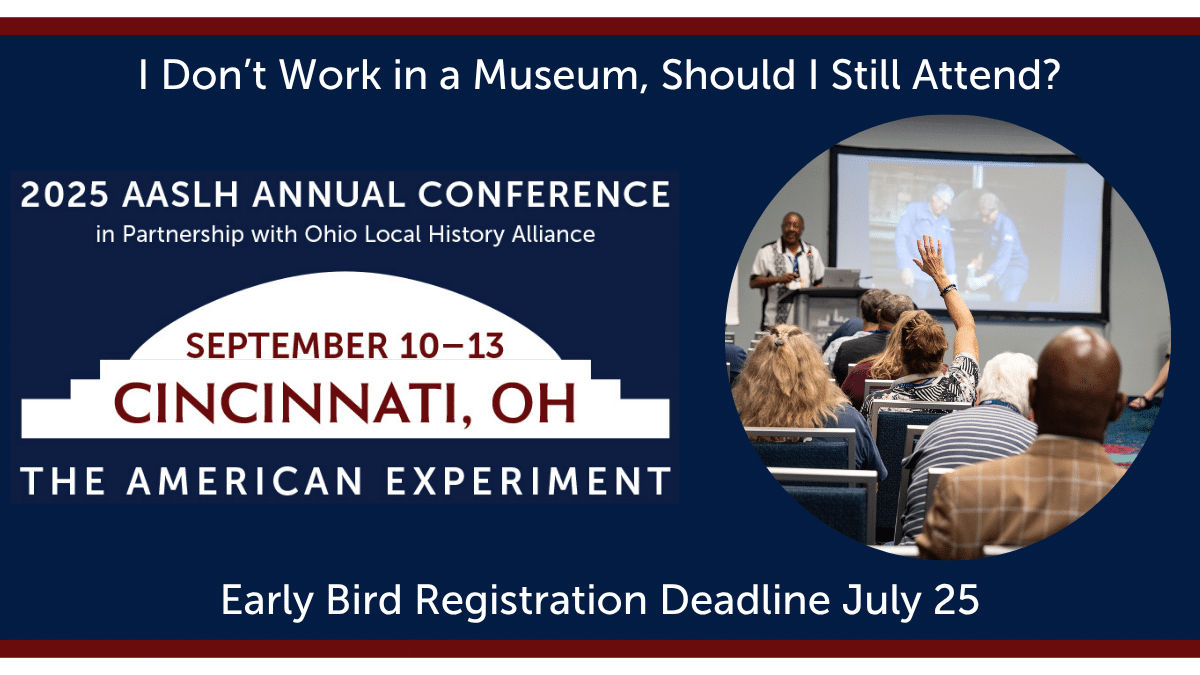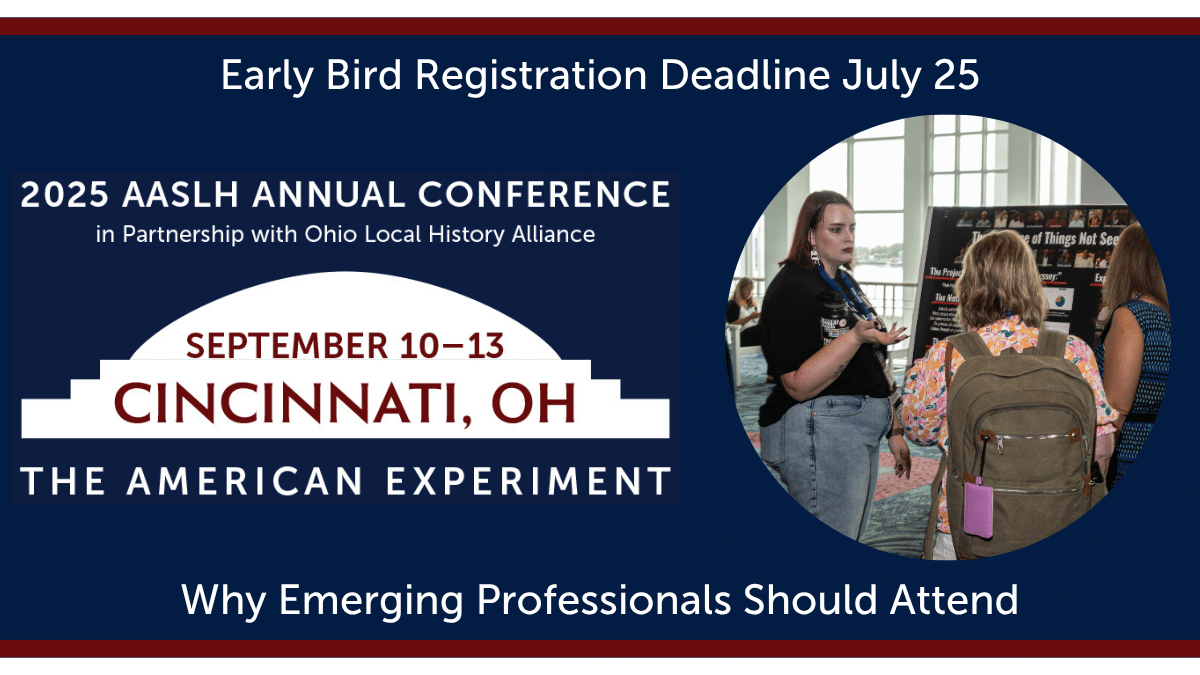
© 20th Century Fox
The week after Christmas, I saw The Greatest Showman which is a highly imaginative musical movie about P.T. Barnum, played by the always charming Hugh Jackman. The music is fun and the visuals are often stunning. Jackman and Zac Efron are great song and dance men that helped sell the infectious charm of the movie.
While I enjoyed the movie as a fan of musicals, as a historian I left the theater with serious philosophical differences with the way the director and screenwriter portrayed P.T. Barnum and American history in general. In real life, Barnum was not the happy dreamer/benevolent father figure portrayed in the movie. The truth is much darker. I have been thinking about the movie experience for the last few weeks and knew I wanted to write about it for the AASLH blog, but was unsure about what I could say that would bring something new to the conversation. Smithsonian Magazine published an excellent article that compares the real Barnum with the fictional one so I don’t want to repeat their excellent take. Instead I decided that I would like to discuss the lessons we can learn as history organizations from a movie that entertains audiences, but promotes bad history.
Here are five lessons I think history organizations can take away from The Greatest Showman. (Warning: contains spoilers!)
- Don’t be all flash and no substance. In the early years of my career, I kept hearing about how museums needed to learn from Disney about the need to create entertaining experiences. This idea was good in theory, but the execution often went for entertainment (or edutainment) over content. Just like the amazing musical numbers overshadowed some of the bad history in The Greatest Showman by hiding the truth behind great beats, many history organizations deliver history that looks good with lots of flashy interactives, but fails to really challenge visitors with the truth, eventually weakening their ability to achieve their mission.
- Don’t be afraid of the dirt. The writer of The Greatest Showman seemed afraid to address the unpleasant parts of Barnum’s history. Even when he tries to make Barnum a bit unlikable, he does so by creating the rumor of a fictional affair with singer Jenny Lind instead of including the actual unpleasant facts from history, but movie Barnum doesn’t break his marriage vows, staying squeaky clean. While movies can create their own reality, history organizations cannot. The dirt is often the most interesting part of the story. I worked at a historic site where the board insisted on perpetuating the myth associated with the site instead of telling the actual history told in the primary sources. As a result, a fascinating bit of history, more relatable to visitors than the myth, remains untold and the site continues to become less relevant to its community.
- Avoid Great White Man Syndrome. This is a topic where history organizations have improved during the twenty years I have been in the history field. Many are embracing the idea that “Relevant history is diverse history” as outlined in AASLH’s Diversity and Inclusion Statement, The Greatest Showman went the other direction. While it embraces the joy in the different, it is all through the benevolence of the great white savior. Barnum “rescues” the people he treats as family (in the movie) as part of his museum of curiosities and, later, circus. What the movie misses is that the stories of the bearded lady, Tom Thumb, and the experience of Anne Wheeler (the fictional African-American trapeze artist who falls for the rich, white Efron) in 19th century America would provide a great opportunity to connect with marginalized people in the audience. If we focus only on the great white men in the history of our community, who are we marginalizing? Who could we be connecting with if we spotlight the untold stories of those who live on the outskirts of society instead?

© 20th Century Fox
- Put your history in context. For me, this was the one of the biggest sticking points for this movie. Barnum founded his American Museum in 1842 and it burned in July 1865. In the movie, these activities take place, but Barnum’s children do not age giving the audience the impression that it takes place over a couple of years. There are no references to what is going on outside of Barnum’s small world. There are only very vague references to the oppression of African Americans, despite the main romance being between a white man and a black woman. There are also no references to the Civil War, despite that being a major part of shaping the world where Barnum lived. It is imperative that we as history professionals and volunteers place our local history into context. We have got to create connections from our local history to the greater national narrative. This helps build the skill of historical thinking and creates more significance for our local stories.
- People can leave satisfied, but not happy. I admit that, despite my philosophical differences with the history, I enjoyed The Greatest Showman. I left the theater with the catchy songs in my head and still listen to the soundtrack. I will watch the movie again if it comes out on Netflix. I appreciate the entertainment value of the movie as a piece of fiction, but it left me wanting more of the real history. We need to be careful to not encourage people to leave our museums and historic sites feeling good, but empty inside. Getting caught up in nostalgia is a trap for history organizations. People can leave our institutions feeling good about our community history and never be challenged to connect history to the present or be inspired to think about their role in history and how they are shaping the future. That may make people feel good about our organization, but does not help us grow our community.
In conclusion, it is not Hollywood’s responsibility to get history right. Their goal to sell tickets. And when people see movies and leave with questions about the history, we are the ones they will come to for answers. Those of us who run history organizations have to get it right because that is why we exist.
For Further Reference:
History vs. Hollywood, http://www.historyvshollywood.com/
Michael Wallace, Mickey Mouse History and Other Essays on American Memory (1997)
Sam Wineburg, Historical Thinking and Other Unnatural Acts (2002)



